標題
在瀏覽網頁中最先關注的是文章的標題,字體很大很突出. 通常使用<h1></h1>對標籤.h標籤分為6種,分別是< h1> - <h6> ,字體從大到小.
<h1>...</h1><h2>...</h2> ;......<h6>...< ;/h6>
< span class='code-snippet_outer'><html lang='en'><head><meta charset='UTF-8'>< ;meta http-equiv='X-UA-Compatible ' content='IE=edge'><meta name='viewport' content='width=device-width, initial-scale=1.0'><title>Document</title></< span class='code-snippet__name'>head><body><h1>我是h1標籤</h1 ><< span class='code-snippet__name'>h2 >我是h2標籤</h2 ><h3 >我是h3標籤</h3 ><h4 > 我是h4標籤</h4 ><h5 >我是h5標籤</h5 ><h6 >我是h6標籤</h6 ></body></html< /span>>
字體和顏色
定義文字大小和顏色使用font標籤
它的的屬性值有:face(字體 )color(顏色)等
實例:
- < li>
< ;html lang='en'> ;<head< /span>><meta charset='UTF-8'><meta http-equiv='X-UA-Compatible' content ='IE=edge'><meta name= 'viewport' content='width=device-width, initial-scale=1.0' ><title >Document</title>< /code></head><body><font face = '黑體' color = 'red' >文字的字體和顏色</font ></body>< ;/html>效果:
段落
瀏覽器解析HTML文檔會忽略空白符,所以要想保證正常的分段換行的話,必須指出哪些文字是屬於同一段落的,這就用到了標籤<p>。 <p>標籤式段落標記,瀏覽器會自動地在段落的前後添加空行。
基本語法:
<p> …… </p>實例:
- < li>
< ;html lang='en'> ;<head< /span>><meta charset='UTF-8'><meta http-equiv='X-UA-Compatible' content ='IE=edge'><meta name= 'viewport' content='width=device-width, initial-scale=1.0' ><title >Document</title>< /code></head><body><p >這是第一個段</p ><p >這是第二個段</p ></html>效果:
字體加粗
基本語法:
<b>...</b>實例:
- < li>
<html lang='en '><head><meta charset='UTF-8'><meta http-equiv='X-UA-Compatible' content='IE=edge'><meta name='viewport' content='width=device-width, initial-scale= 1.0'><title>Document</title></head ><body >這是沒有使用b標籤的正常字體<b >使用b標籤加粗的字體</b ></body></html>效果:
斜體
基本語法:
<i > ……</i><em> ……</em ><cite> …… </cite>實例:
- < li>
<html lang='en'><head>< ;meta charset='UTF-8'>< meta http-equiv='X-UA-Compatible' content='IE=edge'><meta name=< span class='code-snippet__string'>'viewport' content='width=device-width, initial -scale=1.0'><title>Document</title></head< /span>><body><i >斜體標記i演示</i > ;<em< /span> >斜體標記em演示</em ><cite >斜體標記cite演示</cite ></body></html>< /span>
效果:
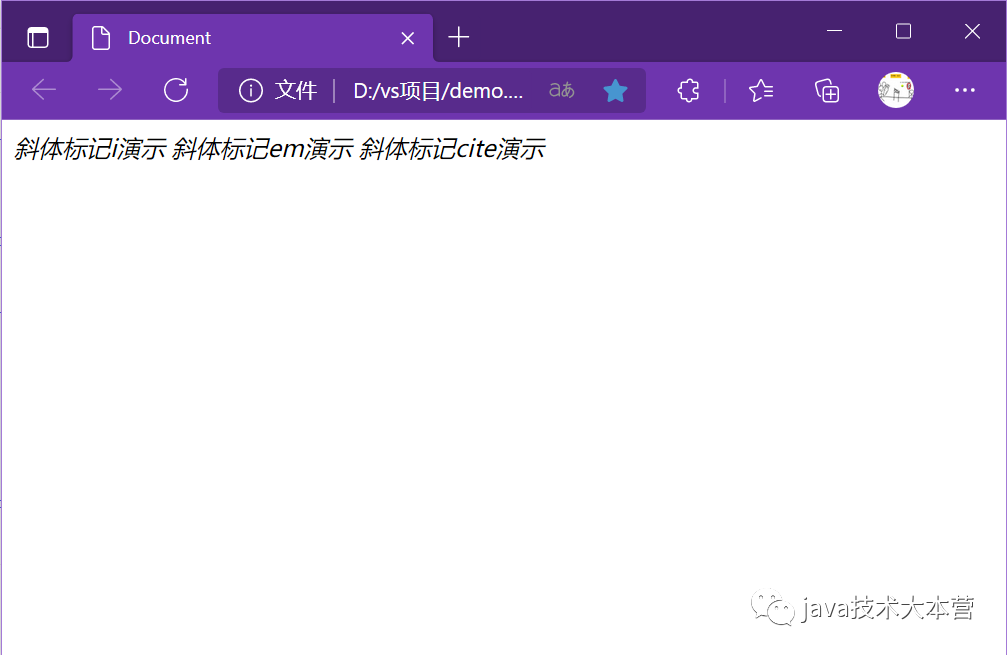
換行
也有人不用<p>,而用<br>。 <br>只表示換行,不表示段落的開始或結束,所以通常沒有結束標籤。
基本語法:
....<br/>< /span>實例:
- < li>
< ;html lang='en'> ;<head< /span>><meta charset='UTF-8'><meta http-equiv='X-UA-Compatible' content ='IE=edge'><meta name= 'viewport' content='width=device-width, initial-scale=1.0' ><title >Document</title>< /code></head><body>這是第一段<br />這是第二段</html>< /code>
效果:
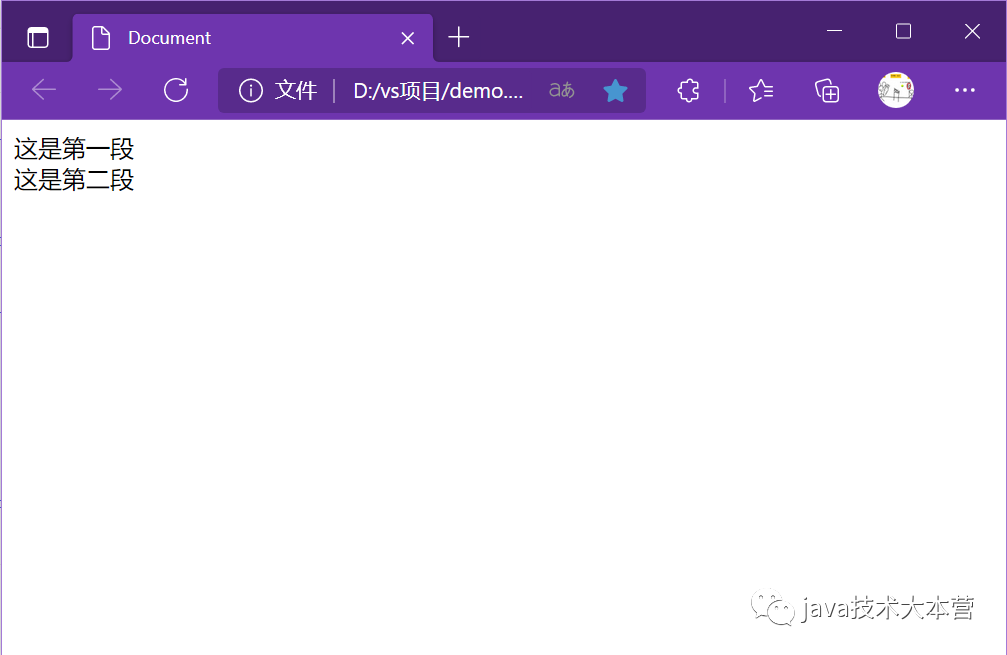
可跳轉鏈接
允許我們同其他網頁或站點之間進行連接的元素。各個網頁鏈接在一起後,才能真正構成一個網站。
基本語法:
<a href='http://www.baidu.com' title=< span class='code-snippet__string'>'鏈接到百度' target='_blank'>百度網</a>實例:
- < li>
<html lang='en'><head ><meta charset='UTF-8'>< /code><meta http-equiv='X-UA-Compatible' content='IE=edge'><meta name='viewport' content='width=device-width, initial-scale=1.0'>< /span><title>Document</title></head><body><a < span class='code-snippet__attr'>href='http://www.baidu.com' title='鏈接到百度' target='_blank'>百度網</a></html> ;
效果:
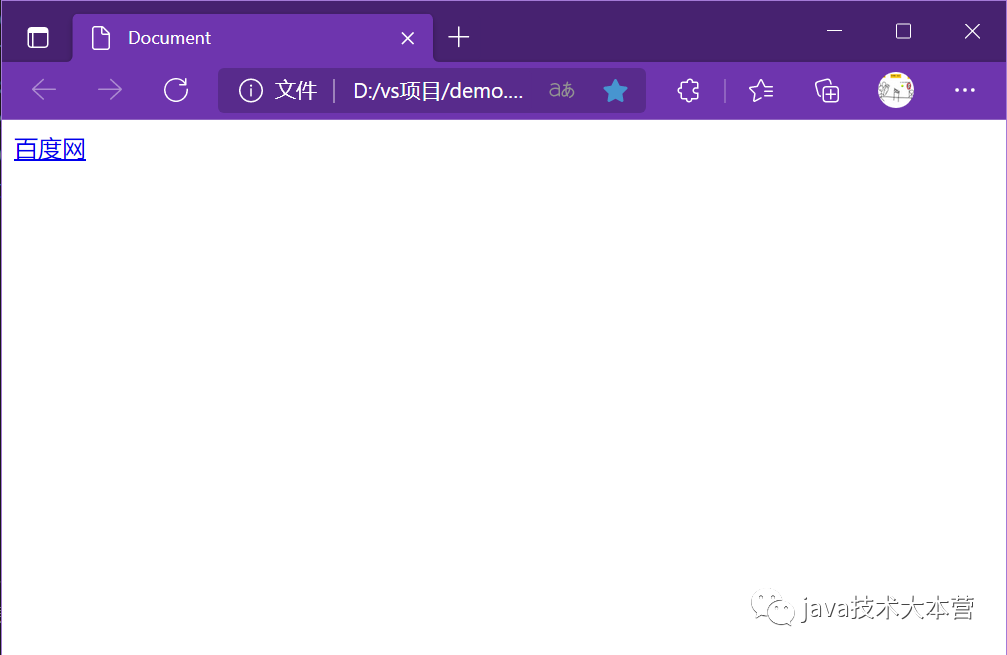

E N D

掃描二維碼
關注我們
java技術大本營
有什麼建議可以留言告訴我們哦!
文章為用戶上傳,僅供非商業瀏覽。發布者:Lomu,轉轉請註明出處: https://www.daogebangong.com/zh-Hant/articles/detail/Frontend%20DemoCommon%20HTML%20tagsSuitable%20for%20students%20who%20have%20studied%20the%20frontend%20for%20a%20month.html

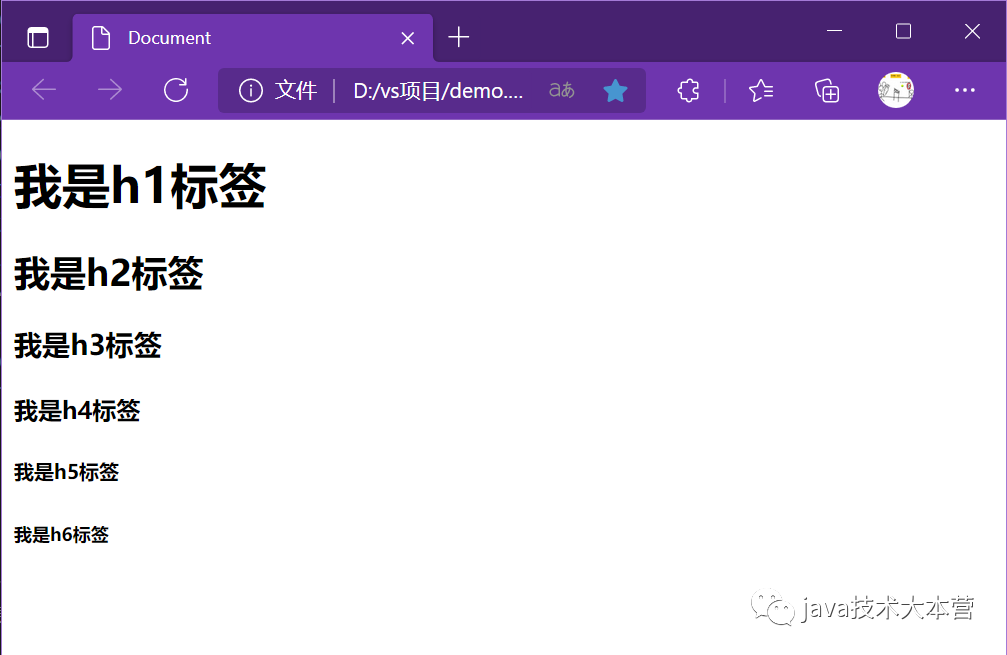
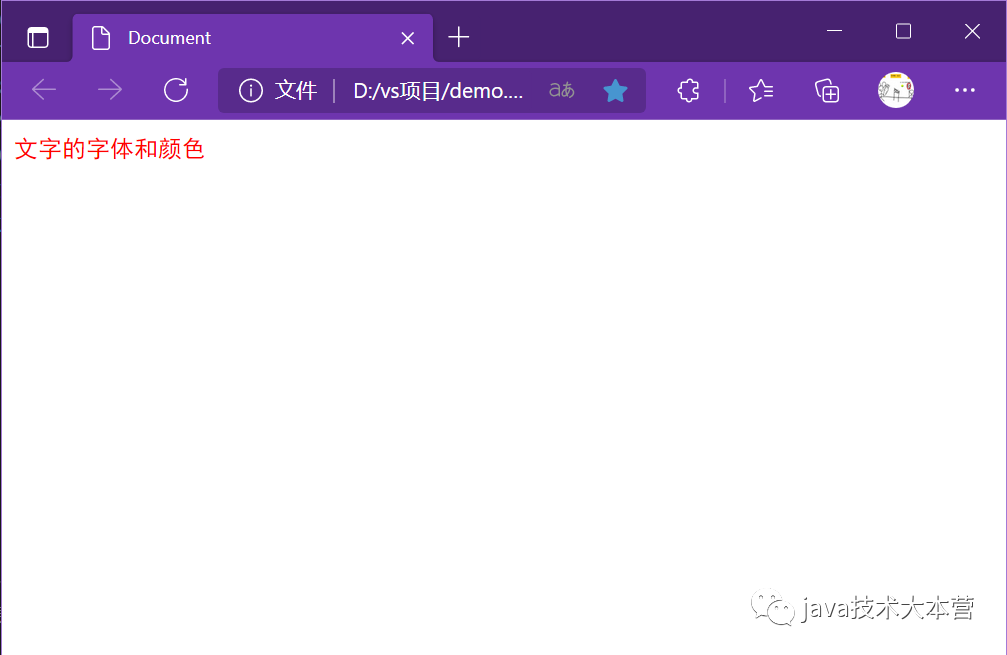
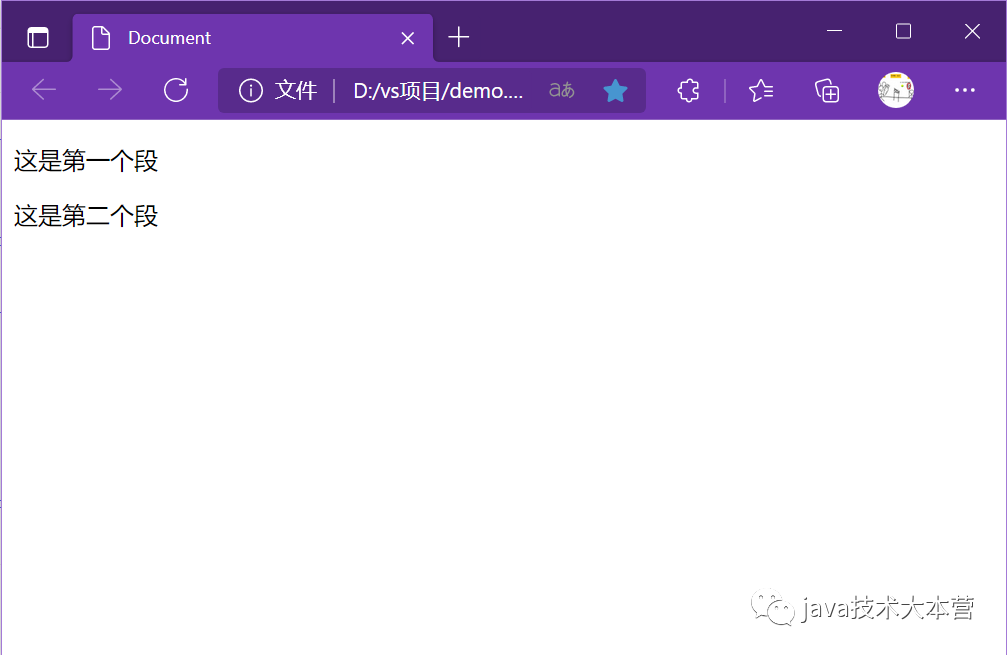
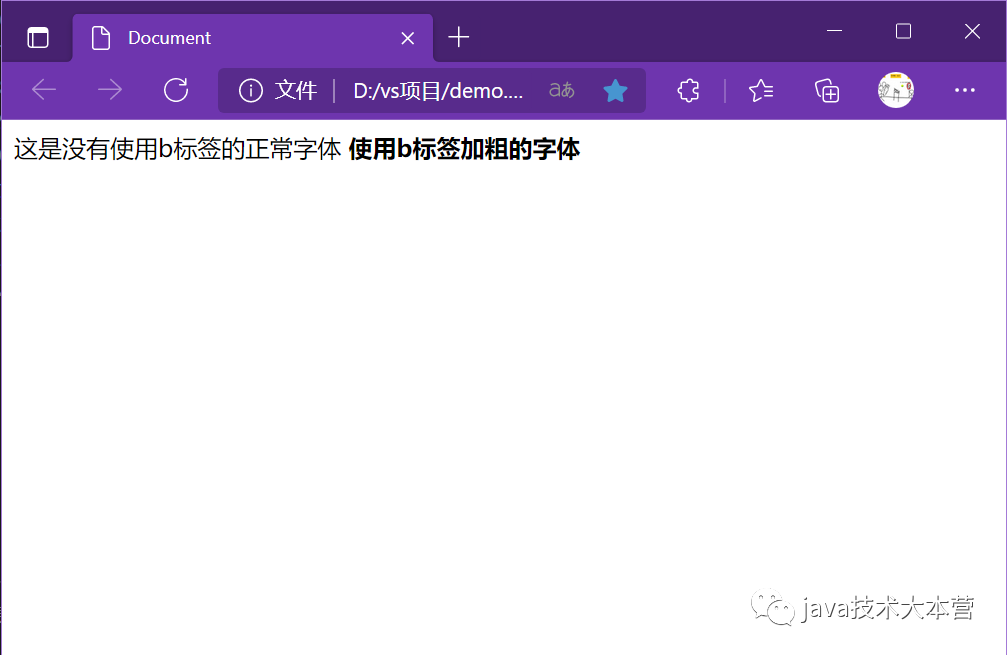
 支付宝扫一扫
支付宝扫一扫 
评论列表(196条)
测试